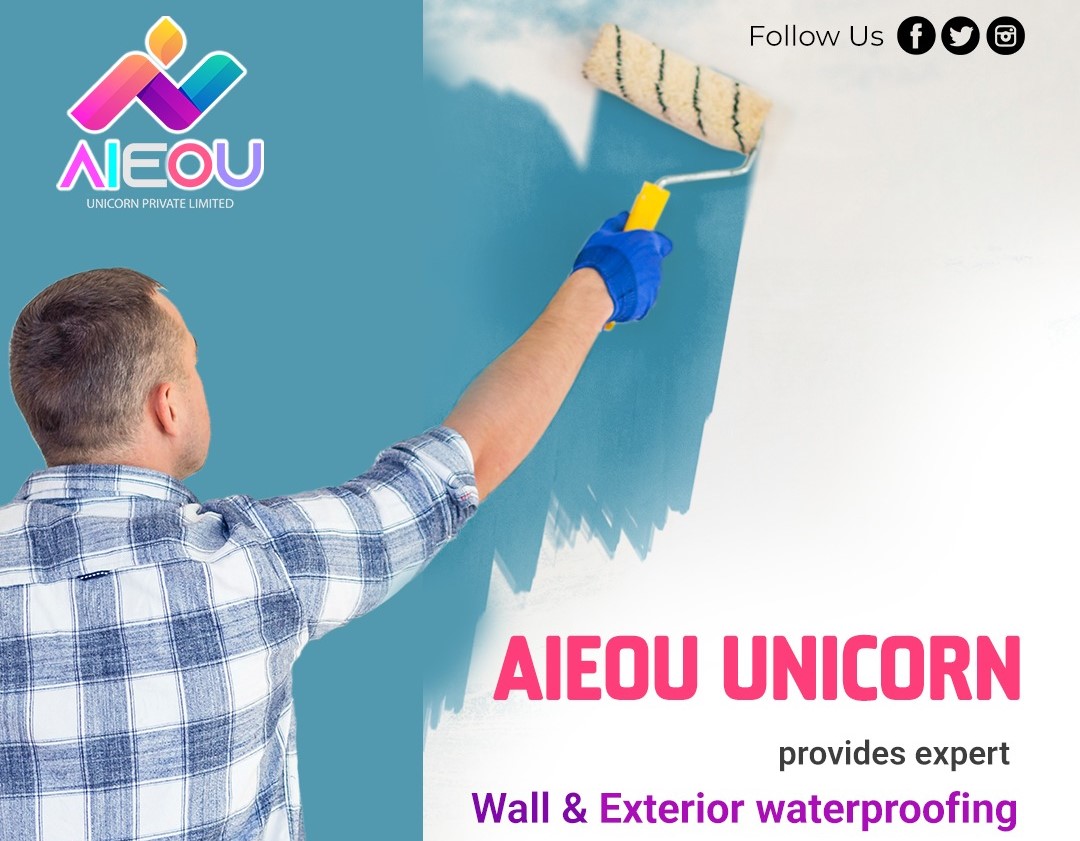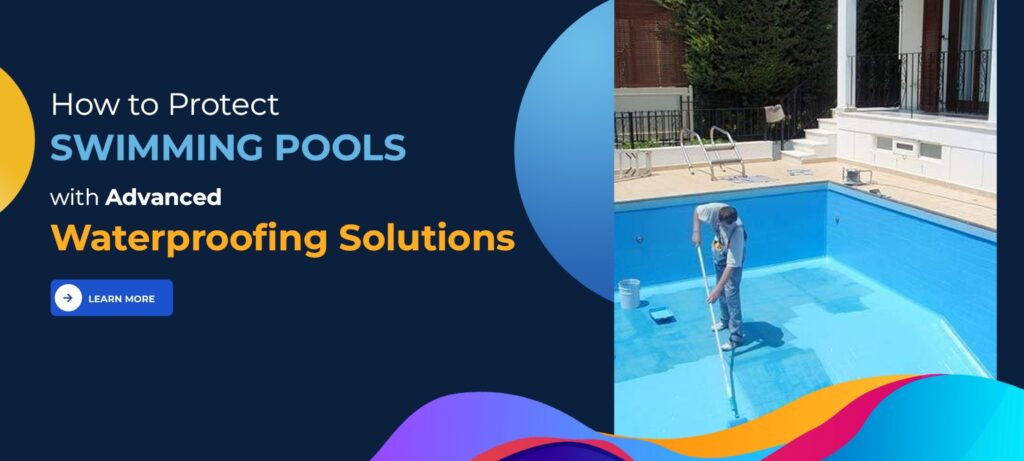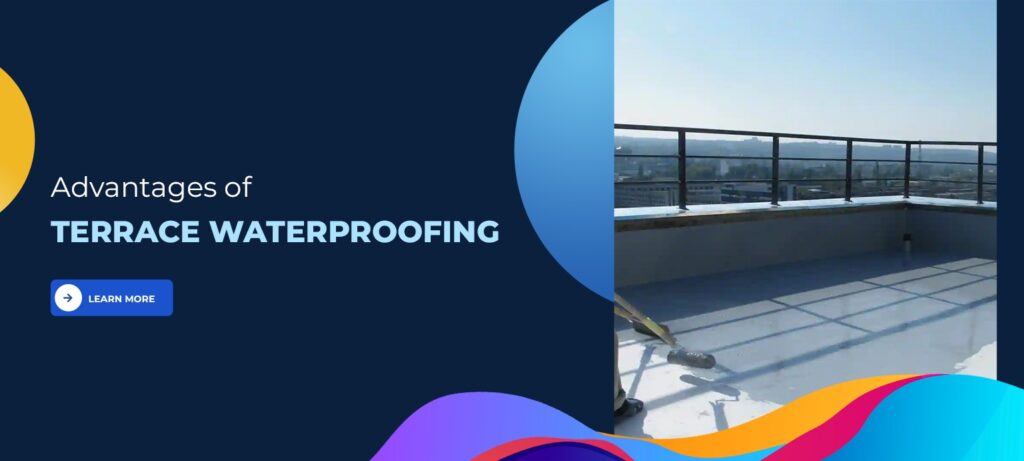For over 30 years, AIEOU UNICORN PVT LTD has been a trusted name in advanced waterproofing solutions across Kolkata, Bengaluru, and Delhi. From residential towers to commercial infrastructure, our legacy is built on one simple promise — Seal. Protect. Strengthen.
Monsoons, humidity, and constant weather exposure take a heavy toll on your building’s exterior. Rainwater seepage can cause wall dampness, peeling paint, mold growth, and even structural damage. But with the right protective measures, your walls can stand strong and remain beautiful for years.
Here’s a list of 15 expert-approved tips to protect your exterior walls from rain and moisture — including insights directly from our team of specialists at AIEOU UNICORN.
15 Tips to Protect Exterior Walls from Rain and Moisture
- Use Waterproof Exterior Paint – Invest in high-quality, elastomeric or acrylic-based paints that offer water resistance and UV protection.
- Apply Wall Sealants or Primers – Before painting, coat the surface with waterproof sealant or primer to block moisture absorption.
- Repair Cracks and Gaps Immediately – Use crack fillers and joint sealants to prevent rainwater from penetrating small gaps.
- Install Drip Edges and Overhangs – Architectural elements like overhangs help redirect water away from the wall surface.
- Opt for Exterior Cladding – Materials like fiber cement boards, natural stone, or tiles add a protective layer to exposed walls.
- Improve Drainage Around the Foundation– Ensure there’s proper slope around the base to divert rainwater away from walls.
- Install Water-Resistant Plaster-Use cement-based or polymer-modified plasters for long-term moisture resistance.
- Use Silicone or Polyurethane Sealants-Seal expansion joints, corners, and pipe penetrations using professional-grade sealants.
- Clean and Maintain Rain Gutters– Clogged gutters can cause water to overflow and damage exterior walls.
- Regularly Inspect Roof-Wall Junctions-Ensure proper sealing and flashing at the junction where roofs meet vertical walls.
- Install Drain Pipes for Terraces and Roofs– Prevent water stagnation near exterior walls by routing rainwater efficiently.
- Add a Waterproof Layer Behind Cladding– Use HDPE or breathable membranes behind cladding systems for double-layer protection.
- Consider Cementitious Waterproofing– Ideal for masonry surfaces, cementitious coatings form a strong barrier against water.
- Conduct Annual Wall Inspections-Timely detection of early signs like bubbling paint or mold can prevent major damage.
- Get a Professional Waterproofing Audit– Let experts assess wall conditions and suggest the most suitable treatment based on your building type and location.
Special Tips from AIEOU UNICORN Experts
- ✅ Always prepare the wall surface thoroughly before applying any waterproofing solution.
- ✅ For coastal or high-humidity areas, prefer polyurethane-based systems or crystalline coatings for long-term performance.
- ✅ Don’t overlook sunken areas and podiums—they often become the root of wall seepage.
- ✅ Schedule post-monsoon inspections to catch hidden issues before they worsen.
- ✅ Trust only certified waterproofing professionals to ensure material compatibility and proper application.
Conclusion
Moisture damage isn’t just cosmetic—it’s structural. Protecting your exterior walls from rain and dampness is an essential part of property maintenance. With these 15 practical tips and the guidance of a seasoned waterproofing provider like AIEOU UNICORN, you can extend the life of your property, maintain its value, and enjoy peace of mind year-round.
FAQs
1. What’s the best paint to use for waterproofing exterior walls?
Elastomeric and acrylic-based paints offer excellent flexibility and waterproofing for exterior surfaces.
2. How can I tell if my walls are absorbing moisture?
Look for signs like paint bubbling, dark patches, mold growth, or a musty smell near the walls.
3. Can waterproofing be done during the rainy season?
It’s not advisable. Waterproofing should be done during dry weather to ensure proper curing.
4. How long does wall waterproofing last?
Depending on the product and application quality, it can last 5–10 years or more.
5. Is professional waterproofing worth the cost?
Yes, it ensures long-term results, prevents costly repairs, and increases the overall durability of your property.



